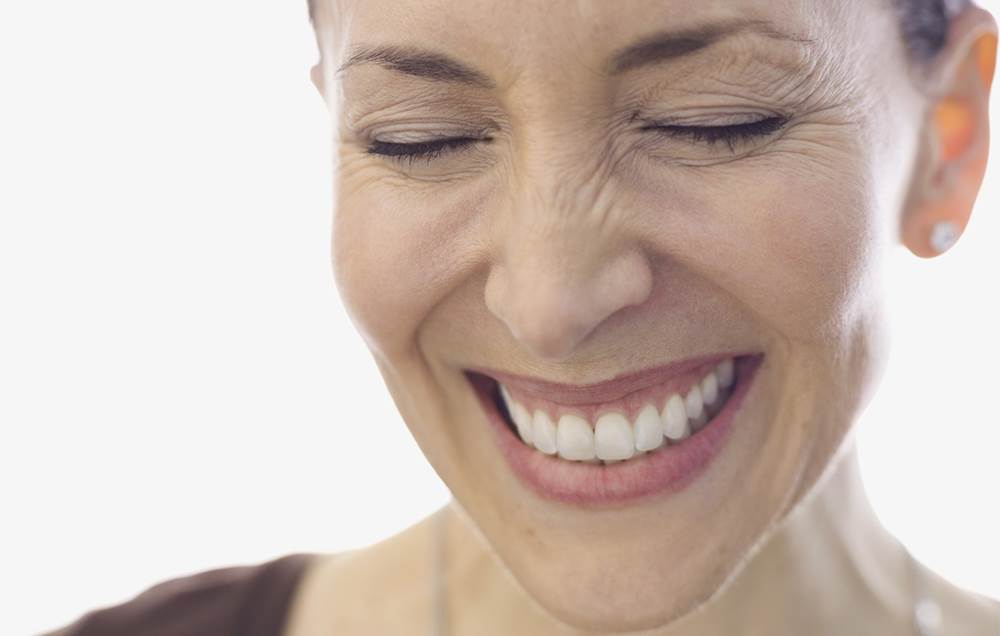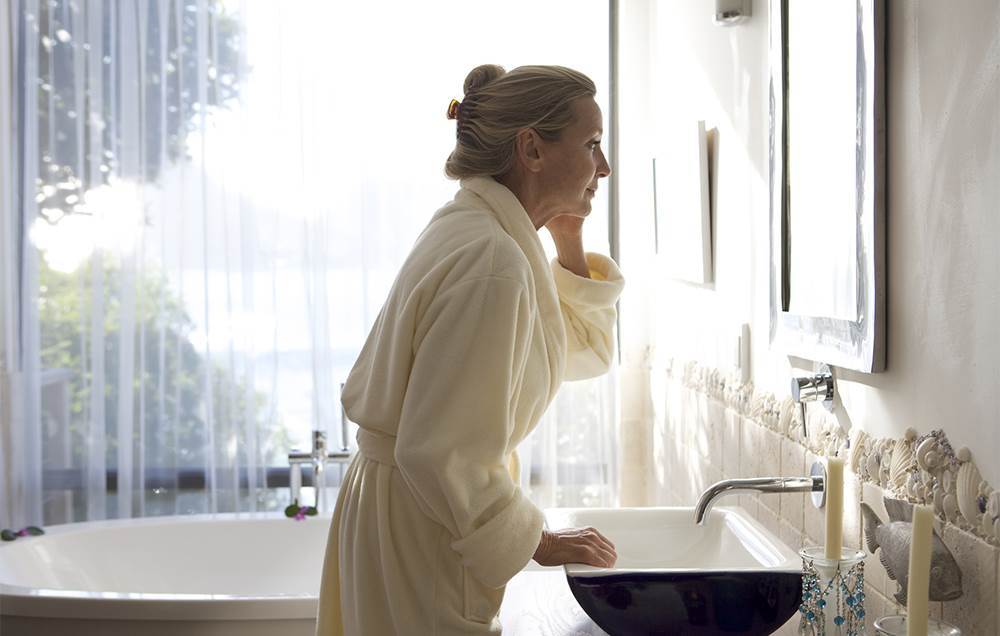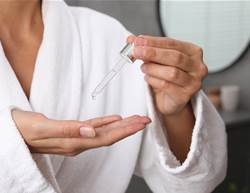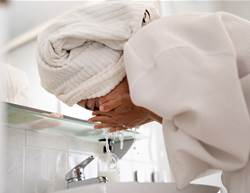You’ve heard the benefits of quinoa over and over: It has all of your essential amino acids! It’s high in fibre! It’s packed with iron! Although it’s a relative newcomer, this grain-like seed has been a staple in Andean countries such as Peru and Bolivia for centuries as a nutrient-rich food—but also (surprise!) as a skincare product.
“Although it’s been used for many years in places where it’s indigenous, quinoa is becoming very trendy for skincare. People already know about it as a superfood, and they want to explore other uses for it,” says Dr Sonia Batra. “And there’s some science backing its benefits for the skin. It’s not just good for you if you eat it.”
Since you likely already have some extra quinoa stashed in your pantry, why not double its purpose? Whether you make your own quinoa cleanser (more on how to do that later) or look for it as a key ingredient in your next beauty product, here’s why should consider adding this superseed to your routine.



It’s the ideal exfoliator.
Quinoa is just the right texture to exfoliate your skin. It’s rough enough to remove dead skin cells that can clog your pores but isn’t so harsh that it harms the skin’s protective barrier, like some commercial exfoliants.
“The reason quinoa is getting more buzz as a physical exfoliator is because the husk itself is really soft, and there are no sharp edges that could tear the skin,” says Batra.
Try this: To make a DIY quinoa exfoliator, try mixing cooked quinoa with olive or argan oil until you’ve created a mixture that’s a desirable consistency. Gently massage it into your skin and rinse with warm water.
Pro tip: “I don’t recommend using exfoliators more than two to three times a week, maximum,” says Batra, who explains over-exfoliating can damage the outer layers of your skin. “The body will respond by overproducing oil, which can cause you to break out.” If you have dry skin, lower that frequency to once a week. Exfoliating dry skin can be irritating and can cause small tears in the skin, which creates an entry portal for bacteria.
It protects your collagen.
As we age, our body produces less collagen, a structural protein that keeps the skin firm. When collagen supply decreases, it leads to the wrinkles and sagging that accompany ageing. Collagen supplements are a big trend in the beauty world right now, but one far less expensive way to protect this protein is to include quinoa in your skincare routine.
"Studies show that when quinoa is applied topically, it inhibits an enzyme called matrix metalloproteinase, which breaks down collagen and elastin, [an elastic protein that helps maintain firm skin],” says Batra.
If anti-ageing is your biggest skin concern, we recommend trying a quinoa-based moisturiser. As we age, we have fewer oil glands. As a result, the skin retains less moisture, making it more likely to sag. A quality moisturiser, however, will provide the hydration needed to prevent these changes. And one made with quinoa can provide additional protection from fine lines and wrinkles.
Pro tip: Your face should still be slightly damp when you apply moisturiser. This ensures you’re locking in moisture before it evaporates.
It brightens your skin.
Exfoliating your skin isn’t the only way quinoa makes you glow. A 2015 study found that, when applied topically, quinoa could inhibit an enzyme called tyrosinase that causes pigmentation.
“Because of this, it can help reduce brown spots or brighten the skin of people with hyperpigmentation,” says Batra. Hyperpigmentation is the result of an overproduction of melanin (a pigment that produces your skin colour), which forms dark deposits in the skin.
Pro tip: If you take any prescription treatments for skin conditions, it’s best to talk to your doctor before introducing a new product into your regimen—even if it is natural like quinoa. “A new product may be too irritating or can interact with your prescription,” says Batra.
“And if you have normal skin and you’re trying something from a beauty standpoint, patch-test any new product either on your forearm or jawline for five days before applying it widely to your face,” Batra suggests.










